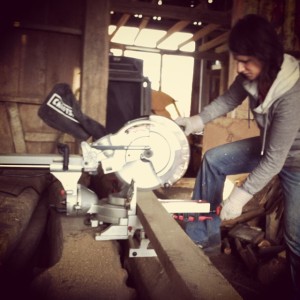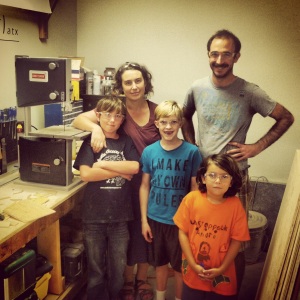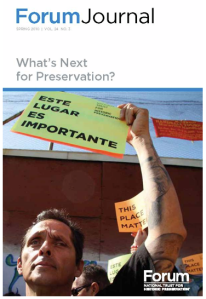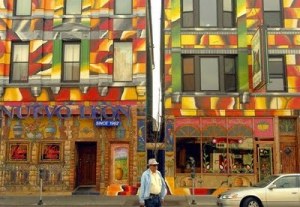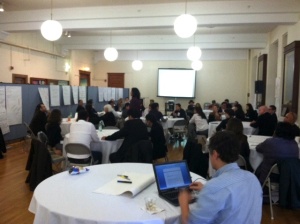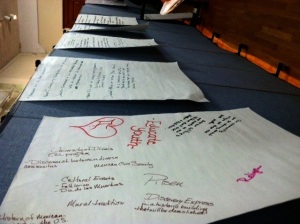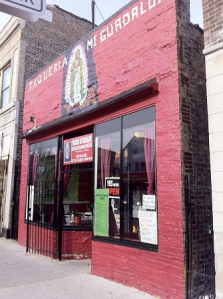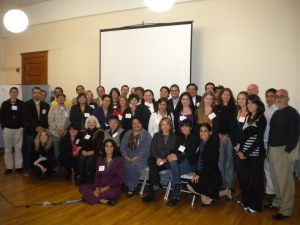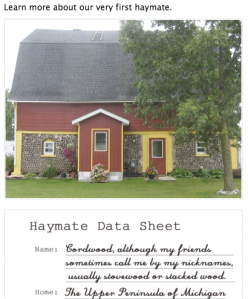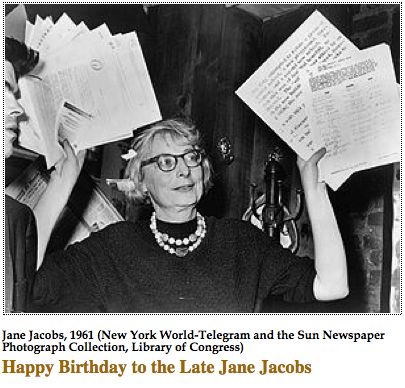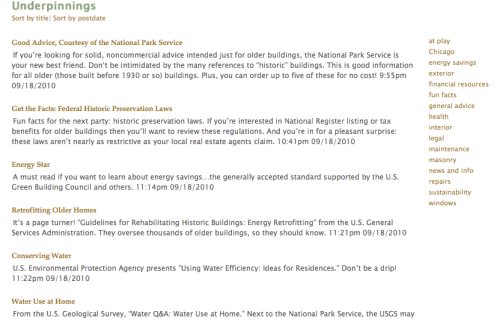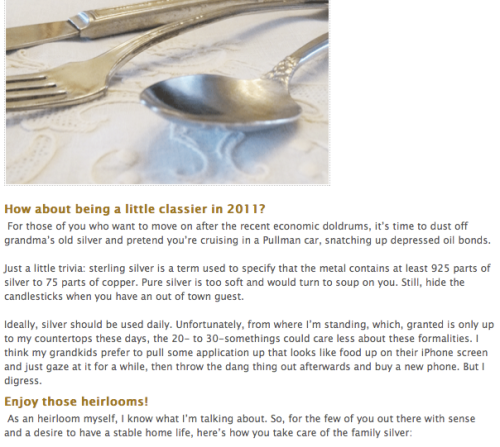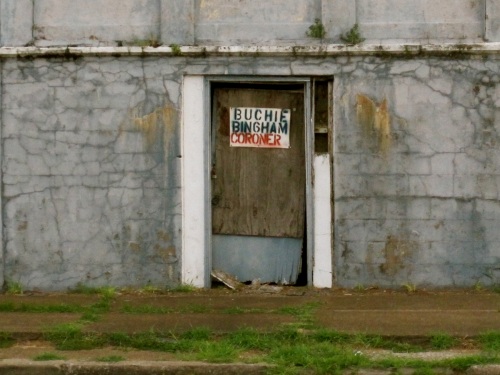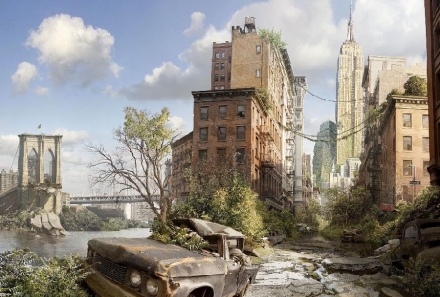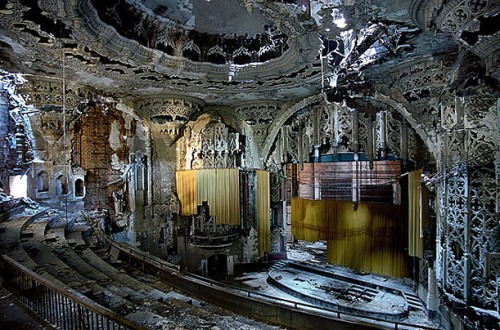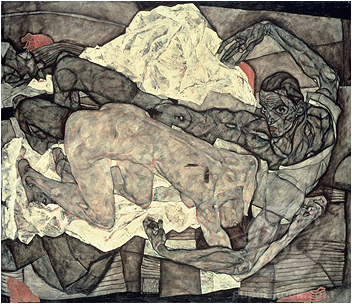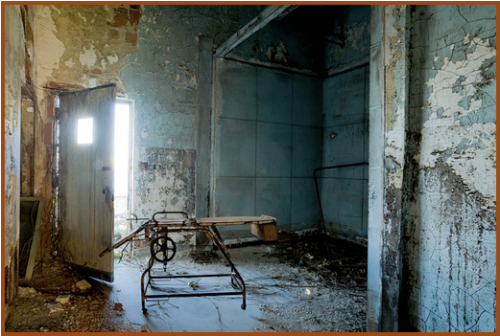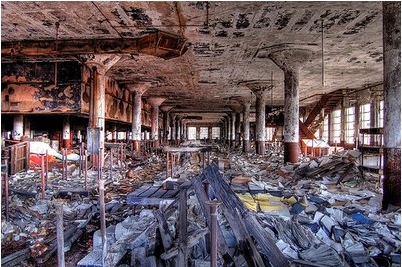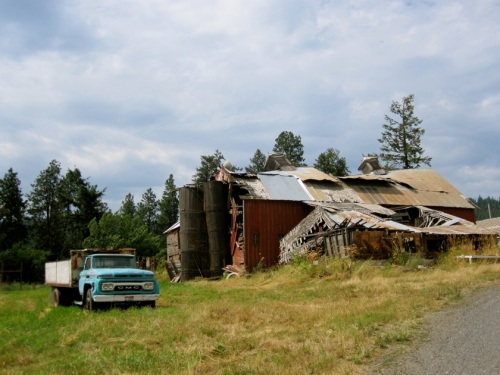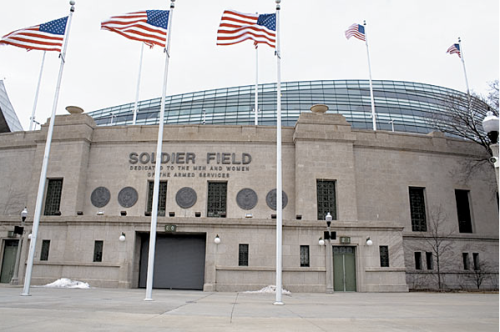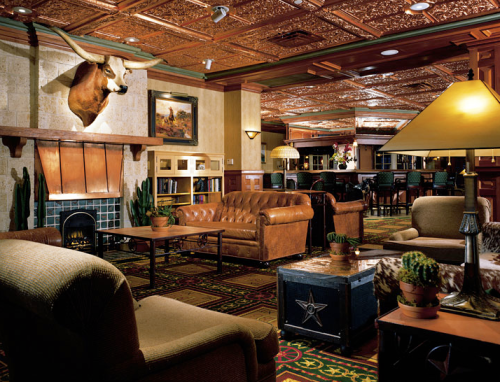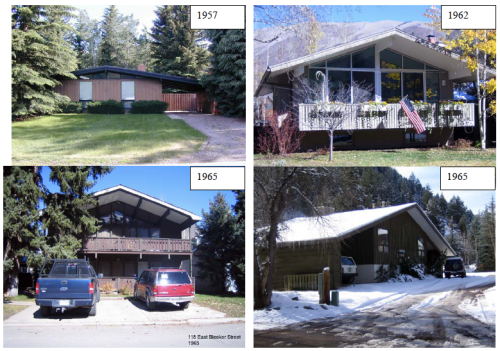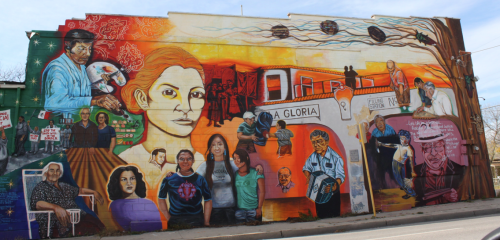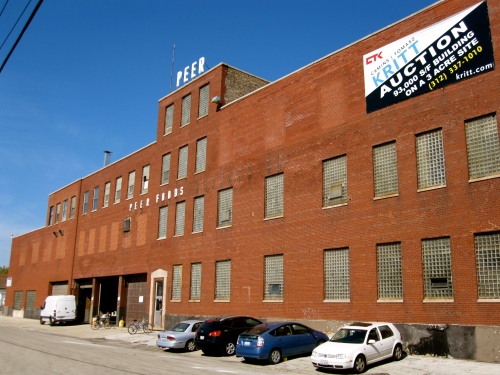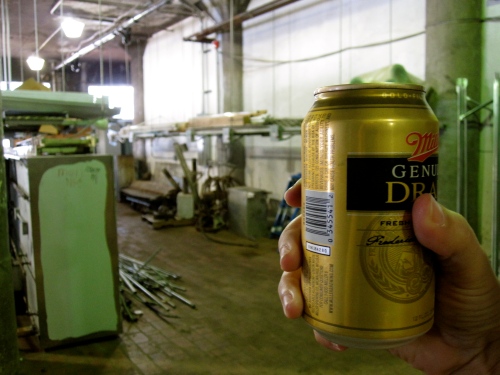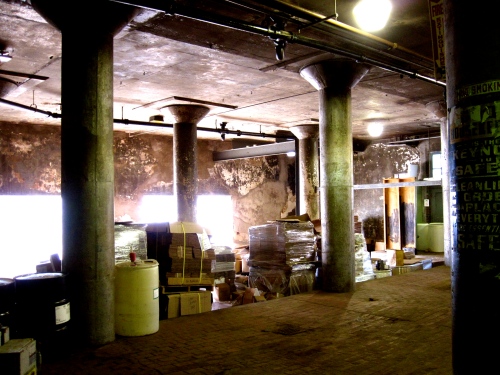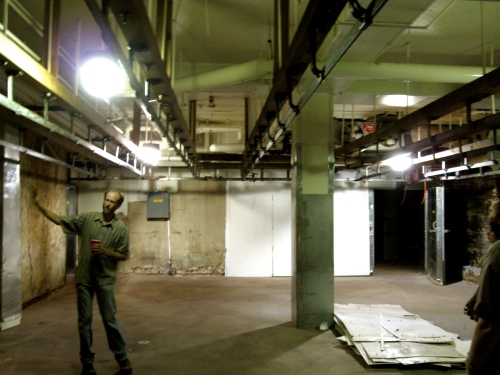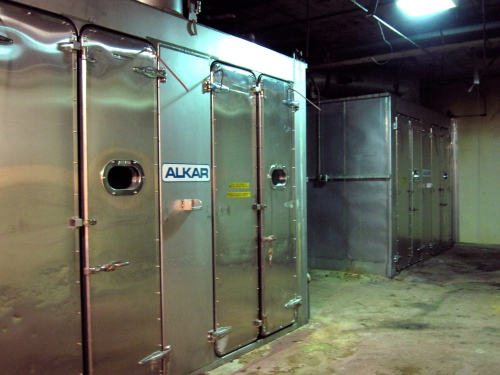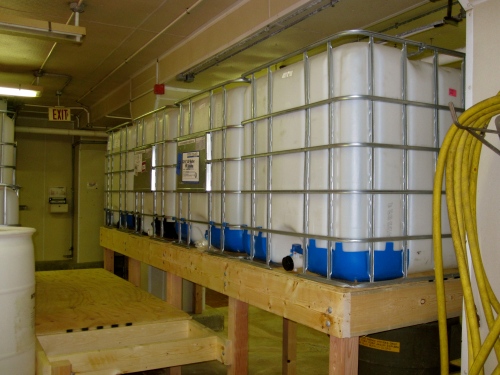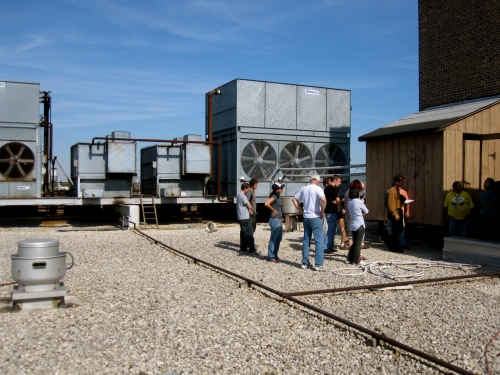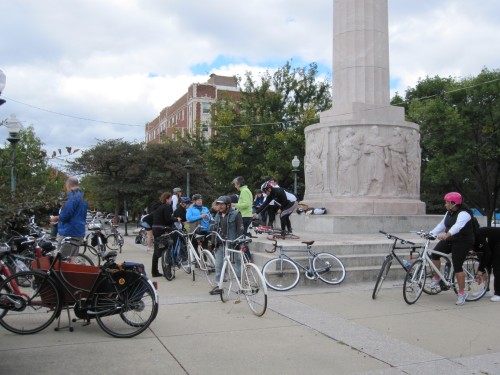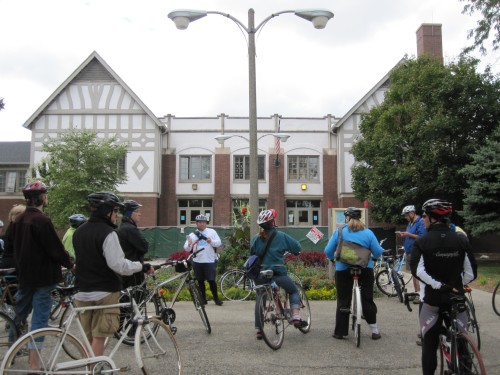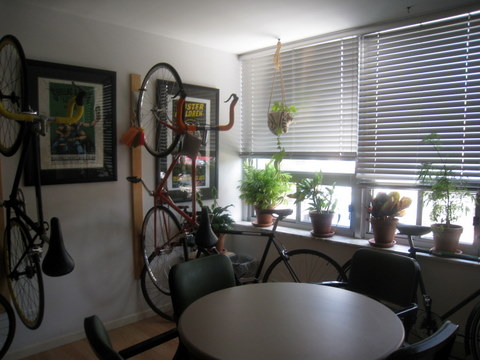So the LEED rating system is pretty much constantly being rethought and revamped, but the latest and greatest version is currently up for public comment, and as of January 14th, the first comment period will be closed.
As someone who spends a crazy amount of time trying to keep up with all of the green progress and initiatives—often more than I’d like because I never get to just look at a pretty historic building anymore and like it for being pretty—I get that it’s a lot to ask preservationists to care about all of these green building initiatives. On the other hand, if you don’t, you’re pretty much signing the death warrant for a whole lot of historic buildings and neighborhoods because these green initiatives directly impact whether older buildings will be valued and saved. Federal, state and local jurisdictions across the country are now using LEED as a requirement or model for zoning laws and building codes, so to influence it is to influence standard building practice in a very meaningful way.
The preservation community is the primary voice in the struggle to have existing buildings and materials valued (in-situ, or at least to value them as being more than chipped down and recycled into something unrecognizable and of lesser value) as an important part of the environmental puzzle. Seriously, all of this stuff is new and everyone is fumbling through it and constantly changing things. We can actually have a major impact if we don’t sit back and twiddle our thumbs.
Here are some links to learn more about what’s up, compiled by Barbara Campagna, FAIA:
Top Ten List of LEED Credits related to Preservation
Technical summary of the proposed LEED credits
Format changes to the LEED scoring system
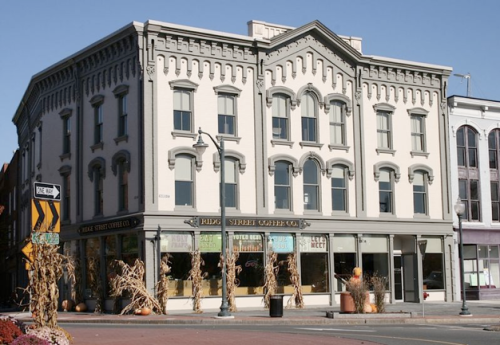
1865 building in New York that achieved LEED Platinum. Of course, it took a zillion dollars and a lot of green bling to get there, but it's something. If you comment on the changes in the system and LEED begins to recognize existing and restored materials as being environmentally-friendly, this kind of designation can be a hell of a lot more attainable for historic buildings. And it should be.
Also interesting are some comments from Mike Jackson, FAIA, Chief Architect of the Preservation Services Division of the Illinois Historic Preservation Agency regarding changes to be made:
Material Credit 1 (Pilot Credit # 19) – Whole Building Re-use
Discussion: The proposed credit is the first time the LEED building rating system will recognize historic buildings and cultural landscapes. (LEED for Neighborhood Development was the first LEED product to include historic resource identification.) This is a much needed recognition for the LEED system. Let the USGBC know you approve. Comments don’t have to be limited to items that you feel need to be changed. This credit also has language about the retention of historic windows, which is another item worthy of positive reinforcement. This credit has not been specifically targeted towards residential buildings, and it should be applied to the LEED for Homes rating system as well as all others.
This credit also includes language about blighted buildings. The intent of providing special incentives for historic and blighted properties is good, but it would be better if these were separate items. Historic buildings have a working definition that includes listed and eligible properties and a strong constituency that can apply these definitions. The social benefits of investing in blighted areas as well as buildings is a good value system, but is not really that related to historic buildings.
Proposed Comment: The recognition of historic buildings is a welcome addition to the LEED criteria.
Proposed Recommendation: The category of “blighted buildings” should be given a separate category from “historic building.”
Material Reuse Credits # 2 and 3
Discussion: These two credits have been used to provide a material value to building re-use. The preservation community has long concluded that green building rating systems have undervalued building re-use. Keep in mind that this comment period is NOT about the allocation of points, which will be handled at a later stage. For now, it is important to comment on the need for a more equitable method of allocating the value of “in-situ” materials re-use other than the simplified two-part formula. For example, the BREEAM Ecohome rating system from England divides a house into seven major components and allows all materials credits to be claimed when 80% of the existing materials are retained in each category. As stated in BREEAM, “the environmental impact of replacing an element is far greater than reusing the element already in place.” The expanded use of Life Cycle Assessment tools would also provide a more equitable comparison of in-situ, recycled content, re-used or new materials.
Proposed Comment: The two-part credit allocation for materials reuse is too narrow and should have a stronger Life Cycle Assessment protocol to provide a better measure of building reuse.
Proposed Recommendation: The BREEAM Ecohomes rating system should be investigated as a better model of building re-use scoring. It divides a building into a larger number of major components/systems and allocates the full material credit for each component when 80% of that component is retained “in situ.” This system is much fairer in providing a positive benefit to in-situ material re-use. . As stated in BREEAM, “the environmental impact of replacing an element is far greater than reusing the element already in place.”
LEED for Homes
Discussion: The LEED for Homes system is primarily designed for new construction but it can also apply to renovation. The system does not include the category of building re-use or any materials credits for in-site materials use. There is some credit available for using reclaimed materials. This system is so biased towards new construction, that one gets the feeling that it should only be allowed for new construction. Having said that, it would be worth commenting on the building re-use and materials credits.
LEED for Homes: Location and Transportation Credit: Preferred Locations
Proposed Comment: The site location criteria should include the identification of historic area and those with the longest pattern of development. The use of historic and age criteria would provide a positive reinforcement of traditional patterns of development.
Proposed Recommendation: The retention and re-use of historic buildings should be encouraged just as brownfield development is encouraged. The retention of historic buildings should be a pre-requisite unless their demolition has been approved by the preservation authority having jurisdiction, as is stated in LEED for Neighborhood Development.
The redevelopment of existing locations could have an expanded value based upon the age of the settlement, with the most credit provided to the oldest settlement areas.
LEED for Homes: MR Credit: Environmental Preferable Products
Discussion: (See proposed comment)
Proposed Comment: This credit has been written from the perspective of a new building and is devoid of any environmental benefit from the in-site use of materials when buildings are renovated. The in-situ use of materials in renovated buildings needs to be added to this LEED for Homes rating system.
Proposed Recommendation: The BREEAM Ecohomes rating system should be investigated as a better model of building re-use scoring. It divides a building into a larger number of major components/systems and allocates the full material credit for each component when 80% of that component is retained “in situ.” This system is much fairer in providing a positive benefit to in-situ material re-use. . As stated in BREEAM, “the environmental impact of replacing an element is far greater than reusing the element already in place.”
LEED for Neighborhood Development
GIB Credit: Existing Building Reuse
Proposed Comment: The retention and re-use of existing buildings is a very important strategy for the long-term environmental benefit. The overall percentage of building retention in this category is extremely low. Retaining just 20% of the buildings except for 50% of the structure means that only 10% of the existing building stock needs to be retained for this credit. These means that 90% of the materials could be demolished as a green approved project.
Proposed Recommendation: The retention of existing building stock should be at least 80% and the retention of materials within buildings should be based upon an LCA approach such as the English BREEAM Ecohomes. The BREEAM Ecohomes rating system divides a building into a larger number of major components/systems and allocates the full material credit for each component when 80% of that component is retained “in situ.” This system is much fairer in providing a positive benefit to in-situ material re-use. As stated in BREEAM, “the environmental impact of replacing an element is far greater than reusing the element already in place.” The building retention test should also be subject to mitigation for when much higher density of re-use is proposed, except for the case of historic buildings.
GIB Credit: Historic Resource Preservation and Adaptive Reuse
Discussion: This is a credit that is allocated for the preservation of historic buildings and landscapes.
Proposed Comment: The recognition and credit for the retention and historic rehabilitation of historic buildings is an important addition to the LEED system. Retain and strengthen this credit.
Proposed Recommendation: This credit should be a prerequisite. The demolition of historic buildings should not be a permitted action approved through the LEED for Neighborhood Development rating except for the currently approved exceptions.
How to make comments: (This will require you to have a USGBC log-in.)
1. Click on the following link: http://www.usgbc.org/LEED/LEEDDrafts/RatingSystemVersions.aspx?CMSPageID=1458
2. Click on the Expand button next to “LEED Rating System Draft: BD&C, ID&C, and EB:O&M”
3. Open the “BD&C Document” and look for the following sections
a. MR CREDIT: WHOLE BUILDING REUSE p. 112
b. MR CREDIT: MATERIALS REUSE p.116
4. Once you have read the documents, click on the “Comment” button (Note: You must sign in to the USGBC to submit a comment. You do not have to be a member, but you do have to submit information about who you are to get full access to make the comments.)
a. Select the category “Materials and Resources”
b. Select the Whole Building Reuse section
c. Make comments
d. Repeat these steps for Materials Reuse
5. Repeat the process for LEED for Homes
6. Repeat the process for LEED for Neighborhood Development
